Layering For Mountaineering- The Ultimate Guide to Layering Systems That Will Keep You Warm!

Don’t have time to read it now? Save it for later!
When you’re getting outdoors (especially in the backcountry) layering for hiking becomes of the utmost importance!
Weather can change at the snap of a finger and when that happens you better be ready or else you may end up like me, drenched and shivering, wondering why the hell I didn’t just add that ¼ lb rain jacket into my bag.
When it comes to the outdoors the name of the game is layering. This blog post will explain all you need to know about layering for hiking.
Why Layer?
Layering systems are what allows us to be comfortable no matter how bipolar the weather decides to be that day!
A layering system can be useful in pretty much every occasion but is most important when doing strenuous activities high in the alpine where not having the right clothing can be deadly (dramatic but accurate.)
From hiking base layers to the perfect outer layer this blog post will go over all of the different parts of a wonderful layering system and why you will want them!
Get prepared to add 5 more items to your wish list!
Your First Step
The Base Layer: Keeps You Warm and Dry!
When you are layering for mountaineering your base layer is the first layer of clothing you will want to worry about.
This layer is meant to keep you warm and dry.
Ideally, a good hiking base layer will quickly wick away any moisture from your body and will release the perspiration– it should be breathable yet warm enough to keep your body temperature at a consistent level.
By wicking away any cooling perspiration (sweating a ton) hiking base layers prevent your body from getting chilled.
Two of the best base layer fabrics you will see on the market are made from merino wool and polyester.
Read More: “The 5 Best Base Layers For Hiking- The Complete Guide to Base Layers”
Merino Wool Base Layers
Merino wool base layers are likened to be some of the best because while they are breathable and quick drying they also have an amazing ability to retain and generate heat.
Even while wet, merino wool is still able to keep your body temperature warm. This is much unlike other materials, such as cotton, which completely loose all heat retention when they come into contact with water.
Merino wool base layers also have natural, anti bacterial properties which allows them to stay odorless for much longer than other materials.
One of the most popular merino wool base layers comes from “SmartWool!”
SmartWool has a variety of different types of base layers- such as crew and quarter zip as well as different thicknesses.
The two main thicknesses are 150 and 250.
Merino wool base layers with a rating of 150 are lighter and more breathable, they are a wonderful base layer for any time of year.
On the other hand, merino wool base layers with a rating of 250 are perfect for extremely cold temperatures or as a second piece of clothing in your layering system.
If you run hot, especially while exercising it may choose a lighter base layer to allow for higher breath-ability.
I honestly love wearing tank tops on the mountain, I tend to get really hot so it helps me cool down if I have something lighter I can strip down to. This base layer is 150 thickness too so while it will keep you warm it is still super light!
This is my most recent base layer I have purchased & I love it! I actually love it so much I have started wearing it on a daily basis. It fits ridiculously well and I am a sucker for 1/4 zips. It is still breathable but definitely alot warmer than a 150 thick base layer.
Synthetic Base Layers
Synthetic base layers are good for their own reasons especially when you are layering for hiking.
They are sometimes lighter weight than merino wool and are faster drying– on the other hand they are not nearly as inherently warm as wool is.
Synthetic base layers are normally treated so that they are resistant to bacteria- over time this may diminish in strength as the fabric itself is not inherently resistant.
Synthetic base layers can make wonderful base layers for the summer, especially as sun protection! They are super light weight and many of them are treated and have a UPF rating.
Outdoor Research Women’s Echo Hoodie: $64.95
I love this base layer! It was the first one I got when I started mountaineering and it has held up so well. It has a hood which allows you to shield yourself from the sun which comes in really handy, is extremely lightweight and has thumb holes! It also has built in UPF 15!
Second Step:
Find Your Best Mid Layer
Mid layers are one of the main items that help you navigate the weather changes.
Unlike base layers which stay on the entire trip, a mid layer will be a piece of clothing you can easily remove if it becomes too hot to wear.
When you are actively moving it can be in your backpack, but while sitting still it helps to keep you warm as your temperature cools down.
First Type of Mid Layer: The Fleece Mid Layer
Fleece is a synthetic material- mostly made from polyester.
It is amazing at trapping heat and sustaining warmth. Fleece mid layers are also much lighter than wool and even considered warmer.
Fleece does have it pros and cons- being aware of these allows you to make an informed decision.
Pros: Plush and comfortable, lightweight, durable, breathable, moisture resistant and stays warm even while wet.
Cons: Not windproof, flammable, prone to attracting lint and static energy.
Types of Fleeces:
Fleeces come in a variety of styles and thicknesses, being aware of the differences can help you choose the best option for your next adventure.
Micro fleece: As the name suggests, this is the lightest fleece. It is highly breathable and perfect for any active pursuit where it isn’t too cold outside.
I have this same fleece in a light blue and I love it! It is super lightweight and the waffling of the fleece traps heat making it super warm. I also really enjoy the thumb loops and elastic hood!
Mid Weight Fleece: This is your middle-of-the-road fleece. While still breathable it won’t be as lightweight or flexible, although it will be much more insulating and warm than a microfleece.
Mid-weight fleeces can make a perfect outer layer in a milder climate and a wonderful mid-layer when the temperatures dip low.
Heavyweight Fleece: This fleece is perfect for those Arctic adventures (not sure how many of us are going on these, but you never know!)
This specific level of fleece is the least flexible and the most insulating. It won’t be a great option for those who are out on a super active adventure as there is a high chance of overheating but makes a great option for low level activities in very low temperatures.
This is the heaviest fleece I own! To be completely honest I rarely bring this on trips, it tends to be an around the campfire or out on a casual snowy hike jacket. Don’t get me wrong it’s a great jacket but just a bit bulky for most mountaineering trips! That being said it does come in handy on occasion.
Second Type of Mid Layer: The Puffy Jacket
Our second mid layer! This may be my favorite layer, I’m a sucker for puffy jackets and I love how they can make me instantly warm.
Puffy jackets come in two types- synthetic and down insulation.
First Type of Puffy Jacket: The Synthetic Puffer
Synthetic puffy jackets are normally made up of polyester, like synthetic base layers, these jackets are quick drying and warm even when wet. These puffy jackets can be wonderful when you are located in a normally wet environment.
It is also hypoallergenic and cheaper than down!
Many people enjoy synthetic insulation due to it being cheaper than down jackets, this does come with a down side though, these jackets are much heavier and much less pack-able than down jackets.
Personally, I enjoy using a synthetic jacket in my day to day events in the city as it can withstand the rain (I live in Seattle) and I won’t need to carry a shell with me.
When I am in the mountains though, especially on long backpacking trips when space is an important commodity, I like to bring a down jacket along with a shell.
Pros of Synthetic Puffy Jackets:
– Waterproof & insulates even while wet
– Hypoallergenic
– Cheaper than down
Cons of Synthetic Puffy Jackets:
– Much heavier than down
– Much less pack-able
– Less durable than down
While I personally don’t actually own this jacket, I have been recommended it by at least 5 different friends that is is next on my list to buy. This jacket is lightweight and so comfortable (I have tried it on multiple times at the store whilst dreaming) It also has a helmet compatible hood, is windproof and water resistant and will stay warm even if you get it wet (unlike down)
Many people I know use this jacket for high intensity activities- ski touring, alpine climbing etc. as it is really breathable.
Second Type of Puffy Jacket: The Down Puffer
My down puffy jackets are some of my very favorite jackets I own.
They are lightweight, packable and so so comfy.
Down is made from the “plumage” of birds- which is essentially the soft, fluffy parts underneath the exterior feathers. Most down manufactures source this from geese and duck (if you are vegan, looks like synthetic is going to be your best option!)
Down is rated on its quality and ability to “loft” this is called the “fill power”.
Down works by filling a space and thus trapping heat. The air, not the actual material, is what keeps you warm.
Fill Power is the rating given to each down, a higher fill power means that less down is needed to trap heat. For you, this means that a higher fill power will allow the same warmth as a lower fill power but will stuff up smaller due to the fact there is less actual material in the jacket.
For example, an 850 down jacket will keep you just as warm as a 650 fill jacket but the 850 jacket will stuff up a lot smaller in your bag- resulting in more space for the rest of your gear!
The downside of down insulated jackets is that it becomes completely useless when wet. I would always recommend having a hard shell with you to throw over your jacket in case of a flash rainstorm.
Pros of Down Puffy Jackets:
– Warmer warmth to weight ratio than synthetic
– Much easier to pack down
– Very durable- can last for years!
Cons of Down Puffy Jackets:
– More expensive than synthetic
– Loses warmth power when wet- and takes awhile to dry out.
– Requires special cleaning
– Not hypoallergenic
Outdoor Research Women’s Helium Down Hoodie: $279
The jacket I don’t go anywhere without. I have had this jacket for about 3 years now and it is still as amazing as ever. It stuffs down super small and yet is able to keep me so warm almost immediately. I have brought it to the top of Mt. Baker, through the North Cascades and everywhere in between. Highly recommend!
Third Type of Mid Layer for Mountaineering: The Soft Shell
Soft shells are a wonderful option for when your in an environment where you don’t necessarily need the intensity of a fleece and puffy jacket combination.
Soft shells are typically made out of stretchy synthetic materials. Many times they feature a fleece lining on the interior for warmth.
A good soft shell is normally water resistant, wind resistant and flexible.
These can be perfect when you are doing a highly strenuous activity in which you want something that will move with you and regulate body temperature.
#1: Soft Shell Jackets
Soft shell jackets are perfect for when you want to go hiking in mild to cold weather and don’t want the bulk of a puffy jacket.
These jackets will protect you from the wind, will regulate your body temperature and are breathable and flexible enough they can keep up with you when you are moving at a quick rate.
I would personally choose a soft shell jacket and base layer over a fleece and puffy in the early Fall and Spring when I don’t want to cart around all of those extra layers.
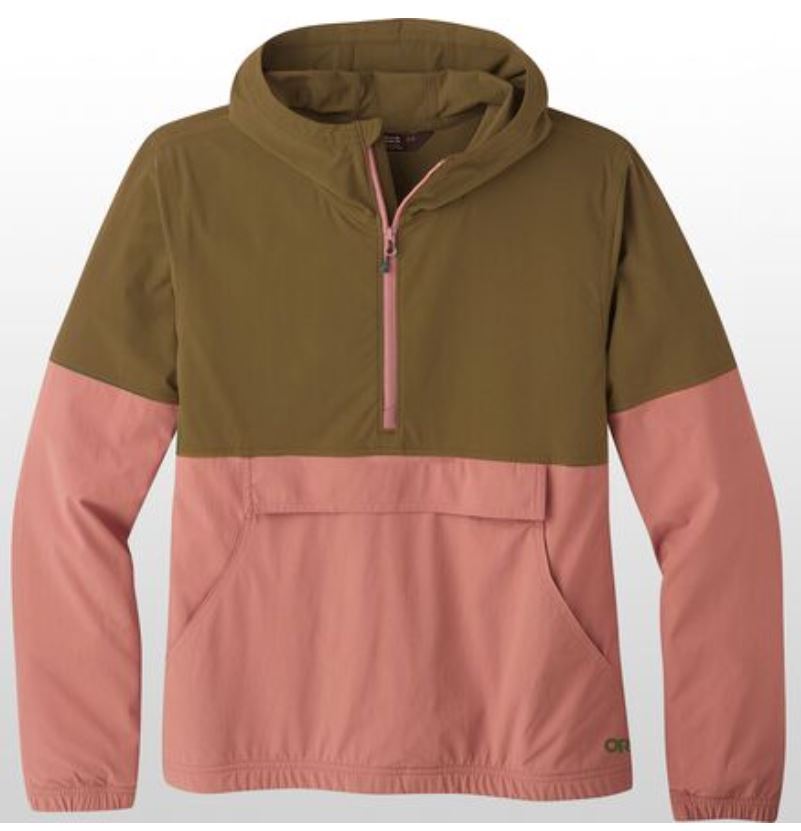
Outdoor Research Ferrosi Anorak – Women’s: $98.95
Another jacket I don’t own but would desperately love to. This jacket is ridiculously light and is great for wind protection and a bit of water resistance. It is super cute on and I would lust after it every day when I worked at an outdoor retail store.
#2: Soft Shell Pants
Soft shell pants are wonderful, and many times they will be your main outer layer when hiking or mountaineering.
They are typically made of high quality synthetic materials which are amazingly resistant to tears and can withstand some encounters with rough rocks.
A good soft shell pant is water resistant, breathable, and flexible. It won’t be insulated so that gives you the ability to choose if you want to add a base layer or not. These pants are meant to protect your legs from the environment!
Outdoor Research Women’s Cirque II Pants: $150
My favorite pair of soft shell pants! These make wonderful alpine pants- they are super durable, have a built in gaitor, cinch at the waist and are really breathable. They are the perfect 4 season mountaineering pants- for women and men!
Third Step: Find An Outer Layer To Protect Yourself!
We have made it to the final layer, your shell!
This layer is meant mostly for protection from the wind, rain and snow.
Shells are meant to be lightweight and packable, they don’t have much insulation value by themselves but keep the rest of your layers warm and dry!
Gore-Tex is the end all be all material for outer shells- it is completely waterproof, windproof, and breathable. It is also going to the most expensive of all of the shells.
The other popular materials include synthetic materials such as Hyvent and waterproof coatings on various synthetic materials.
The First Mountaineering Outer Layer: The Hard Shell Jacket
When looking at a hard shell jacket you will want to consider a couple of things:
- The thickness of the shell- shell jackets, the pants can be single, double or even triple layers. Thicker pants will be great for skiing and mountaineering while thinner pants may be perfect for summer backpacking (if you even need them)
- Vents- Many times near the knee or from the bottom up gives you the ability to get a bit of air flow. Your legs can heat up fast when hiking and having this ability to compensate for the heat while still keeping you dry is a must.
- Built in Gaiters- while this isn’t a must, it definitely is a plus. Gaiters will help you keep snow and mud/rain out of your boots and pants.
- Adjustable or elastic waist
Outdoor Research Women’s Aspire GORE-TEX® Jacket: $215.00
This is the hard shell I use! The Gore-Tex makes it so you are completely waterproof and it is suprisingly light weight. It also features pit zips, and a hood that will fit over a helmet.
The Second Outer Layer: Hard Shell Pants
Just like the hard shell you wear on top, hard shell pants are meant to keep all of your layers underneath dry and warm.
Many times I will bring my hard shell pants in my bag and not put them on until it becomes necessary.
They are an item that you want with you for higher alpine environments and when hiking in rainy/snowy weather.
When looking at hard shell pants you will want to consider a couple of things:
- The thickness of the shell- like shell jackets can be single, double or even triple layers. Thicker jackets will be great for skiing and mountaineering while thinner jackets may be perfect for summer backpacking.
- Adjustable hoods– If you will be mountaineering or climbing you may want to check if the hood is large enough to go over your helmet.
- Vents- Many times under arm vents are a must. When you are working hard in the rain you will still want the protection of the shell but will need to give a bit of airflow.
- Chest and Hand pockets.
- Adjustable wrist and waist straps to keep water out.
Outdoor Research Women’s Aspire GORE-TEX® Pants: $175
Ridiculously light rain pants! These have an elastic waist and are completely gore-tex. Perfect for stuffing in your bag in case of emergency!
Fourth Step:
Take Care of The Hands & Feet!
I know I said final layer, but we can’t forget about the extremeties!
While these aren’t technically apart of your layering system I think it is important to understand that layering happens here as well.
Keeping your extremities warm is essential to keeping your entire body warm. Much of our heat ends up leaving through our hands, feet and head so it is important to have a system to keep them warm.
Hand Layering System
#1 Liner Gloves
Personally, I spend the majority of my time in my liner gloves.
Liner gloves are thinner gloves that go inside your main shell. Most of the time they are not waterproof (there are exceptions) and they are super comfortable.
I like to think of liner gloves as a base layer for my hands, they typically come in similar materials to your other base layers and are perfect for wicking away moisture and keeping warmth in.
Typically, I will have two sets of liner gloves in my backpack. When one gets wet I want to have the option of trading them out. Wet=cold so keeping your hands (which are prone to get cold fastest) warm is essential.
Outdoor Research Backstop Sensor Glove – Women’s: $39.95
I love these gloves! I actually own two pairs of them and they have worked great for everything from daily hiking to rock climbing. With the sensor you can even use your phone with them on!
#2 Shell Gloves
Similar to your other shells, shell gloves are a waterproof (many times gore-tex) material that keep your hands dry and warm.
Unlike the other shells, they do tend to have insulation built into them.
These shells go over your liner gloves and are amazing for keeping your hands warm.
You can get these as normal gloves or as mitts. Mitts will be warmer but they lack the ability of grip which is essential when carrying an ice axe.
Outdoor Research Women’s Arete Gloves: $98.00
These are the gloves I have used as my shell for the past 2 years. They are fully Gore-Tex and come with a removable liner glove. You can also cinch them at the wrist so that you don’t get snow inside of them!
Feet Layering System
I think we have all experienced the unfortunate feeling of numb, cold feet. Like your hands, feet are the most prone to getting cold and are important to look after.
#1 Hiking Socks
The number one thing besides your boots that will keep your feet warm is your socks!
Socks are the base layer for the feet. Like other base layers they come in wool or synthetic.
Socks come in a variety of thicknesses and heights. This comes down to personal preference and weather.
A thicker sock will be great for colder weather and a light hiker will be wonderful for summer hiking.
I personally always like to have another pair of socks in my pack so that, similar to liner gloves, if my socks get wet I have another pair to change into.
The two biggest brands for socks are SmartWool and DarnTough- they are both awesome brands and it really comes down to personal preference on this one.
I have had these exact socks for the past three years and they are still holding up wondefully! These particular socks are relatively lightweight with a cushion on the heel and ball of your foot for a bit more comfort in your hard mountaineering boots. Darn Tough also has an amazing repair policy and backs their products for life- I’m a huge fan!
Conclusion!
Hiking is one of those things that is super fun when you are perfectly prepared, and not so fun when you are missing that one perfect item.
When you have the right base layer, a perfect mid layer (or layers!) and an outer layer to keep you dry, hiking becomes a much more enjoyable experience. Layering for hiking can be frustrating at first but once you get it down you will be a much happier camper!
Let me know in the comments what your favorite layer is! Are you partial to your baselayer? Or maybe your like me and love fluffy down jackets 🙂
Pin it for later!
Recent Posts
Shop With Me on Etsy! Click A Photo Below!
Join Me on Instagram!

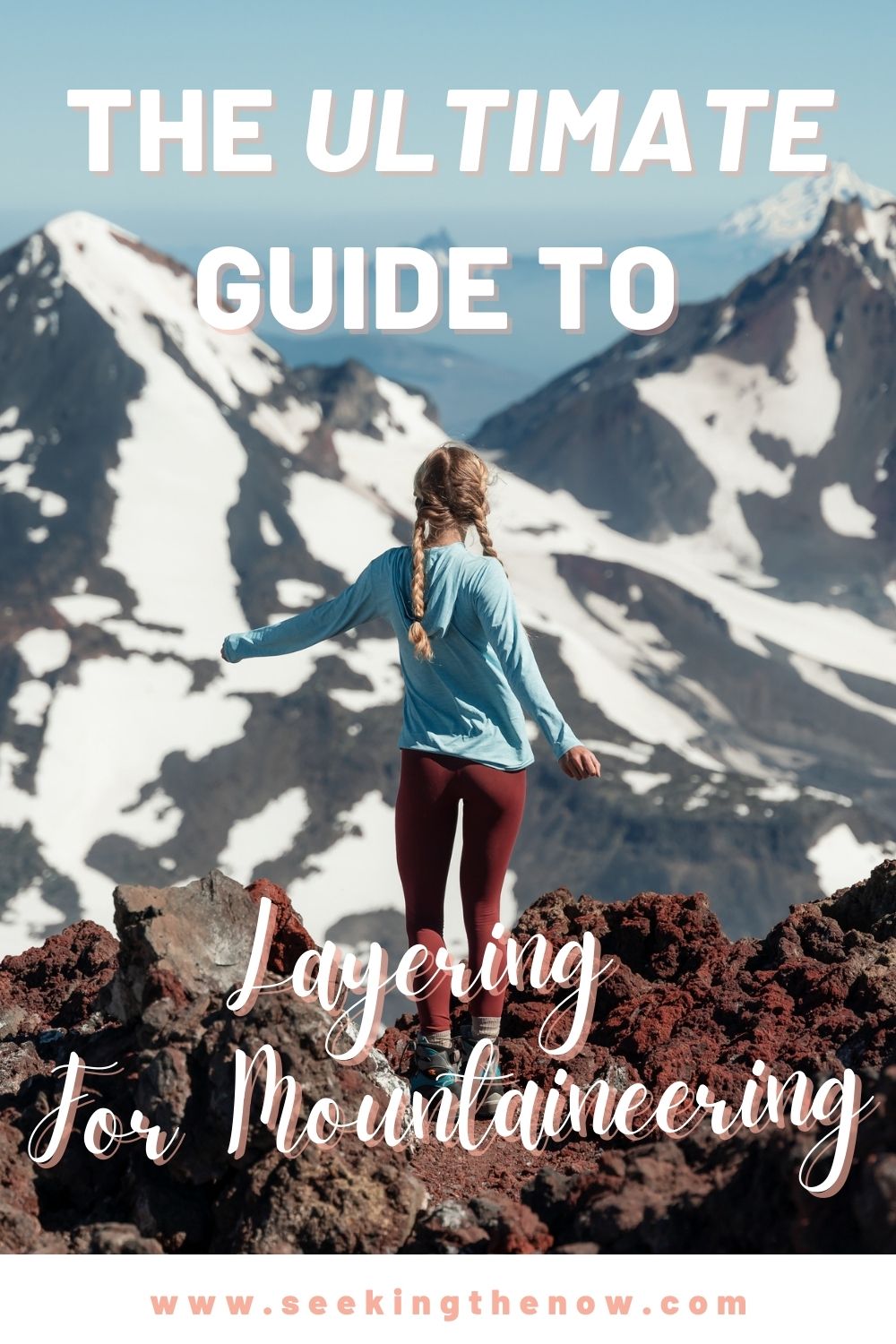
Want More?
Humantay Lake Day Trip- The Best Day Trip From Cusco
Humantay Lake is the perfect way to get a taste of the Andes Mountains while traveling in Peru! You will adore this stunning alpine lake.
The Ausangate Trek In Peru- The Ultimate Guide For Hikers!
The Ausangate Trek is a breathtaking 5 day, high alpine adventure through Peru’s epic mountain ranges. One of the worlds best treks!
Artist Point Snowshoe- The Best Winter Activity In Washington!
Artist Point snowshoe is by far the best snowshoe in Washington!
This blog post goes over everything you need to know while planning a trip to snowshoe at Artist Point!

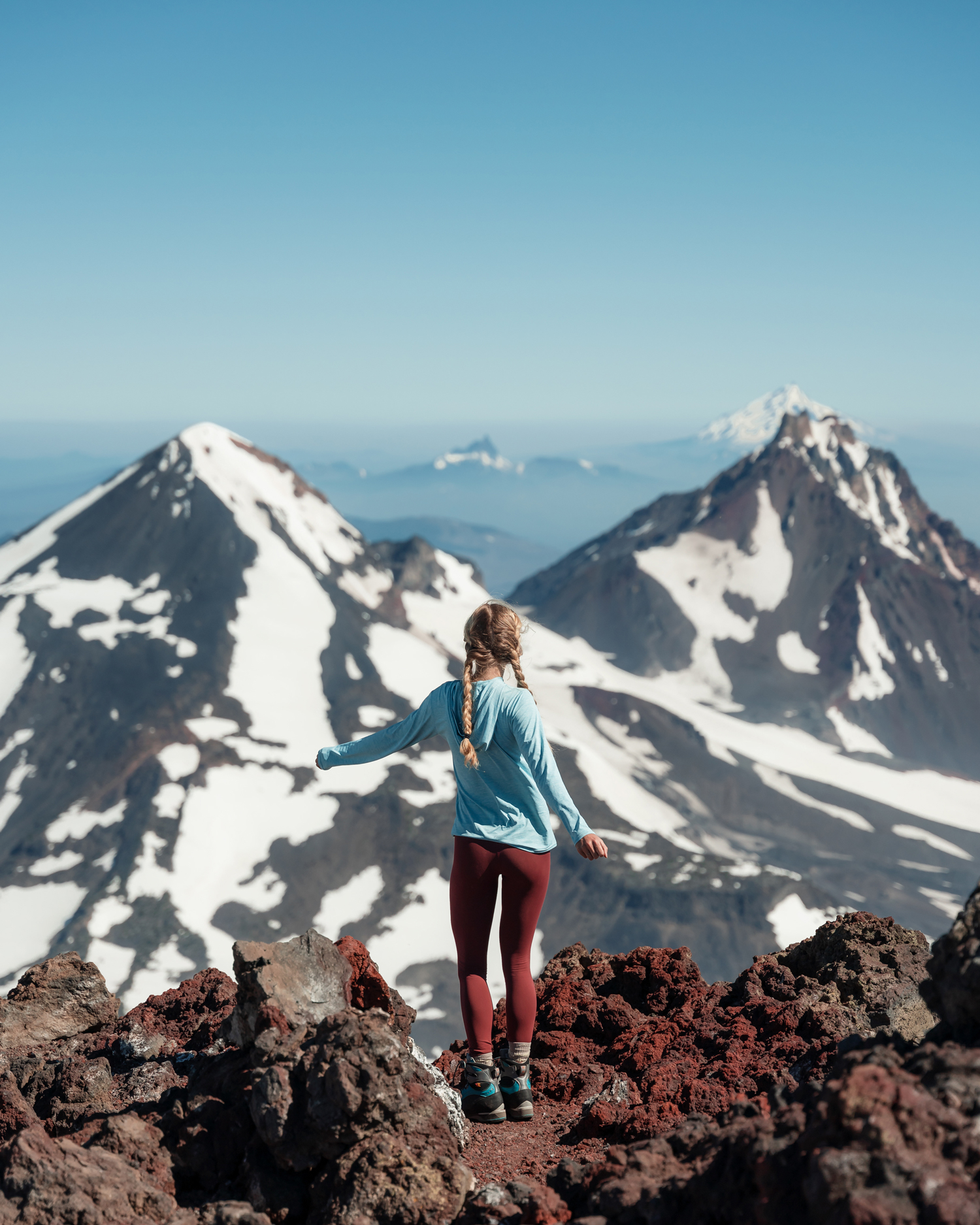
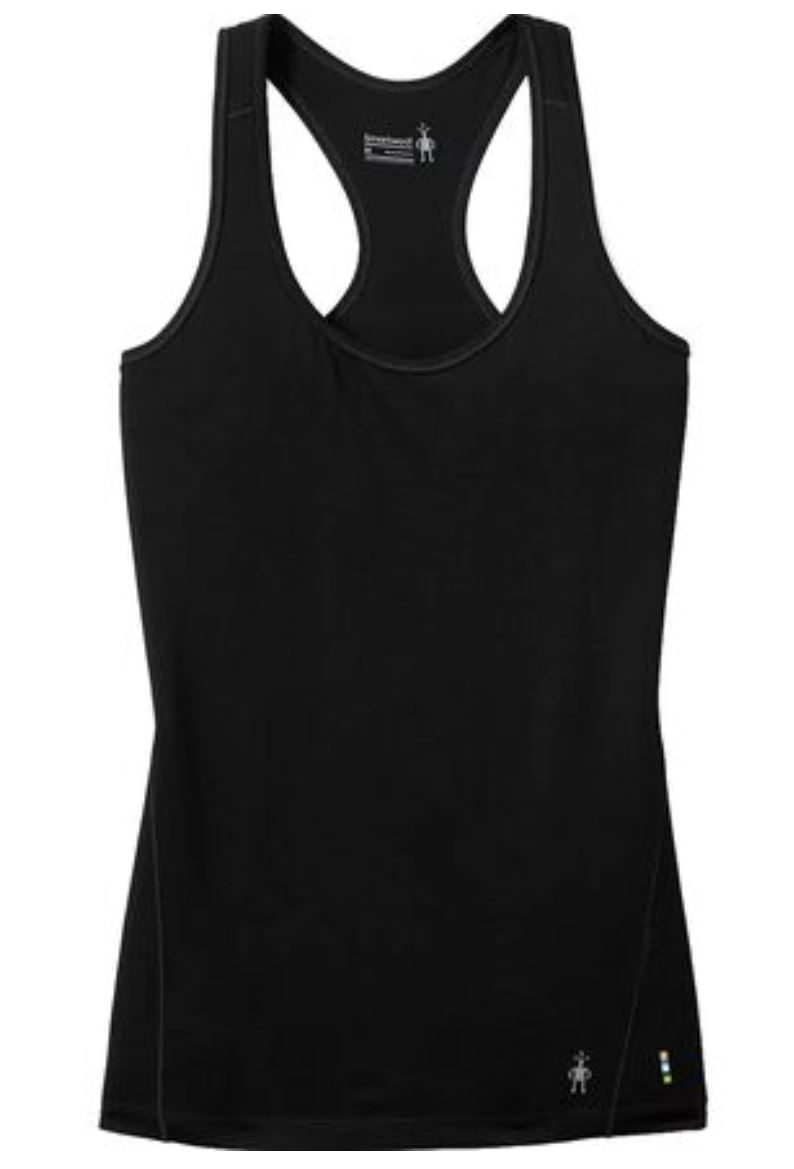
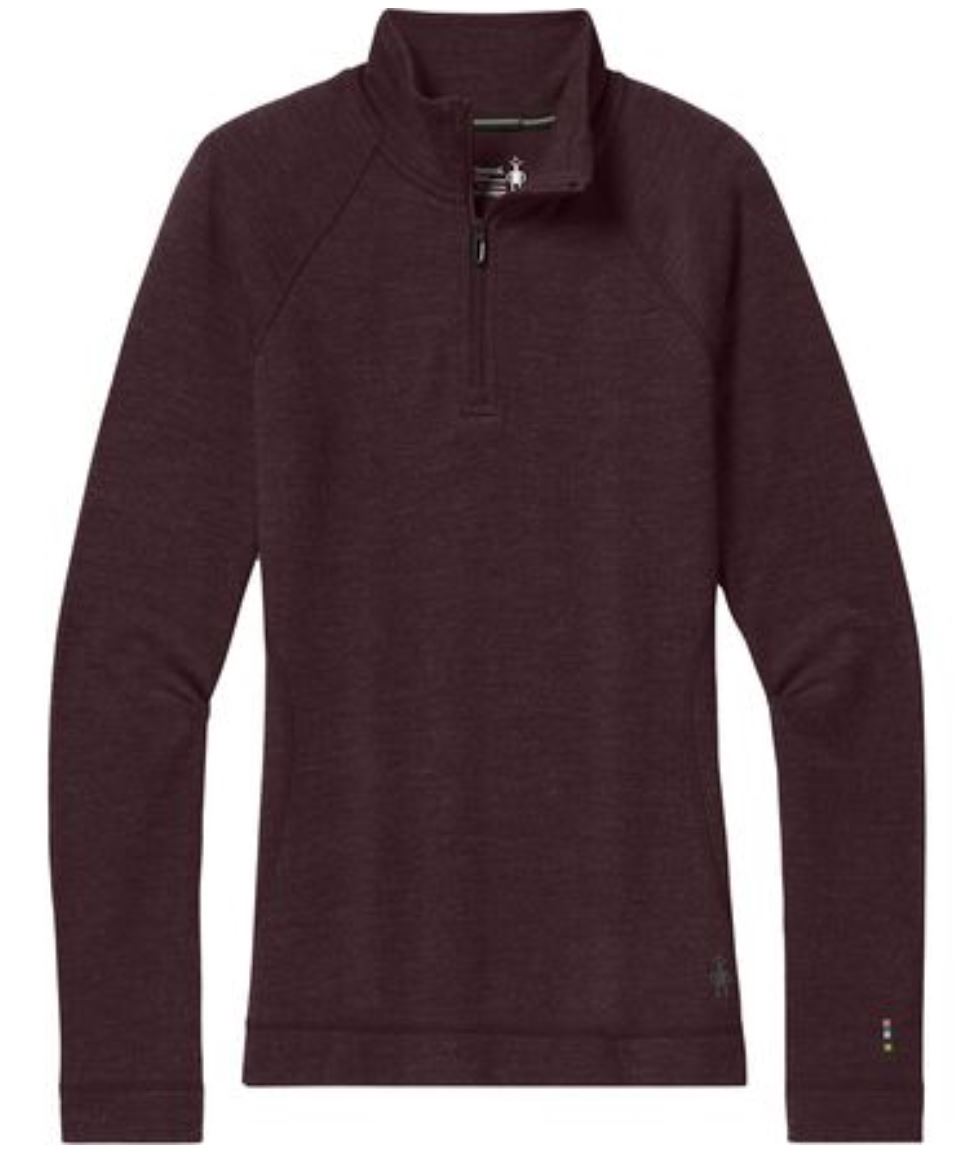
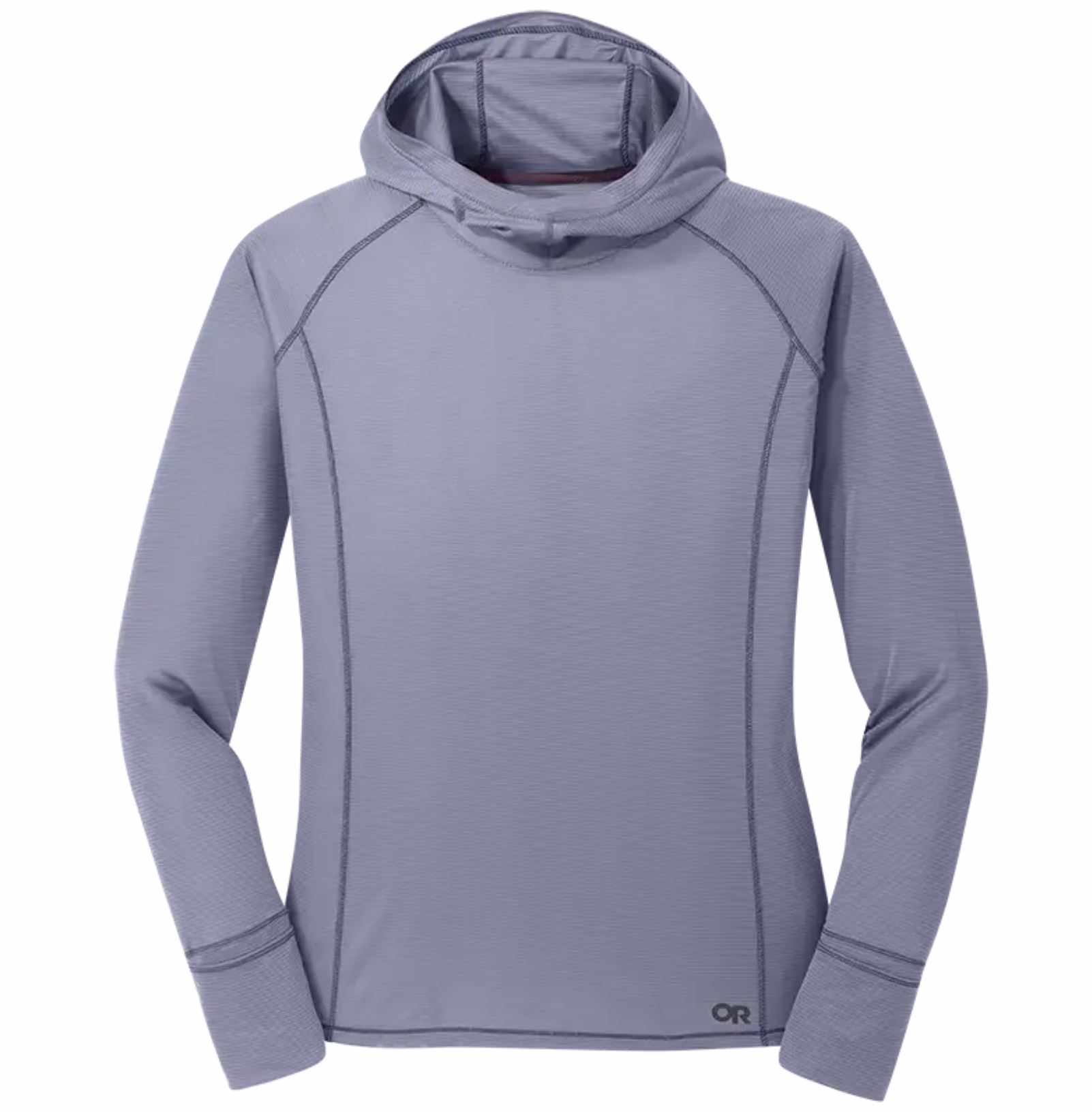

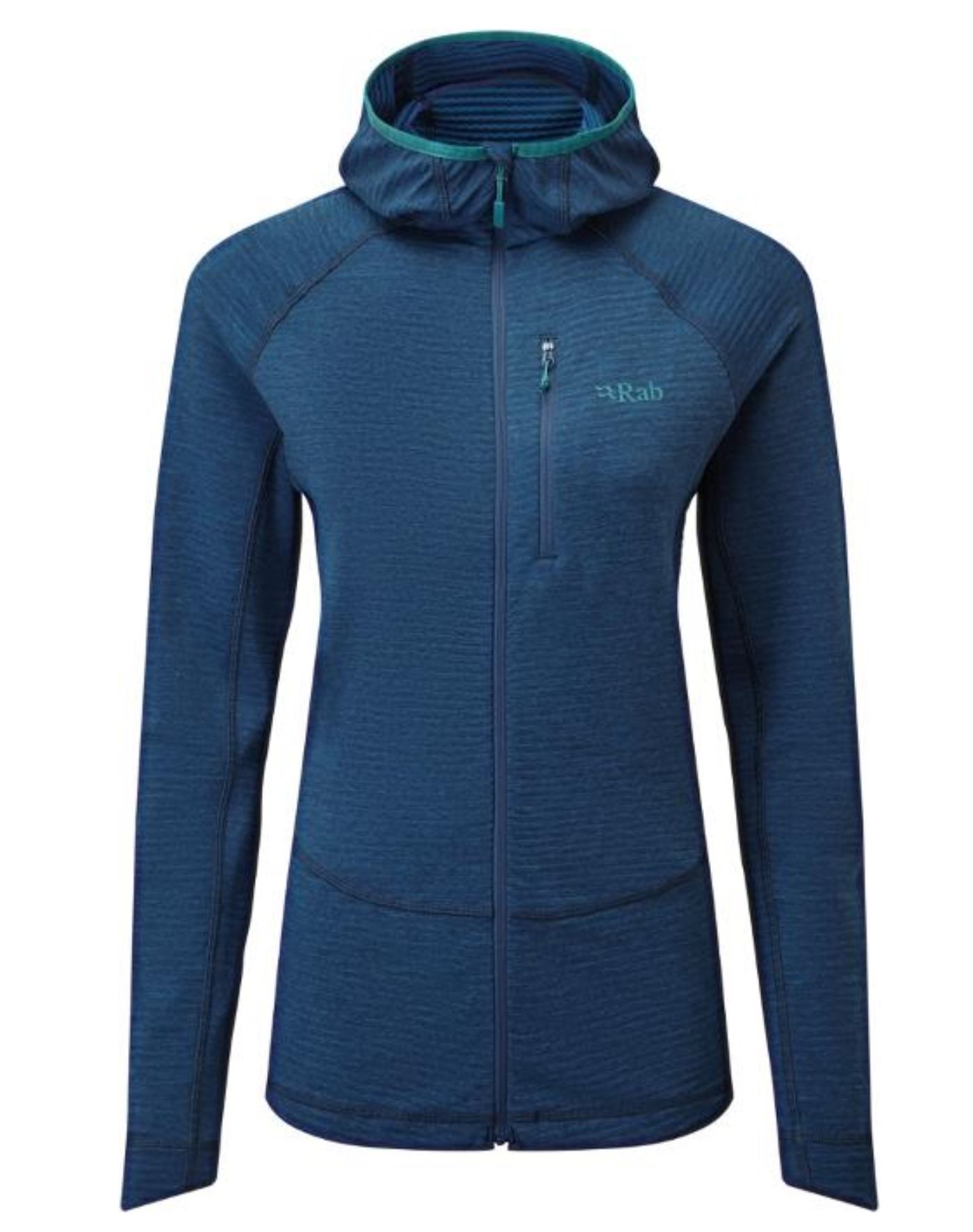
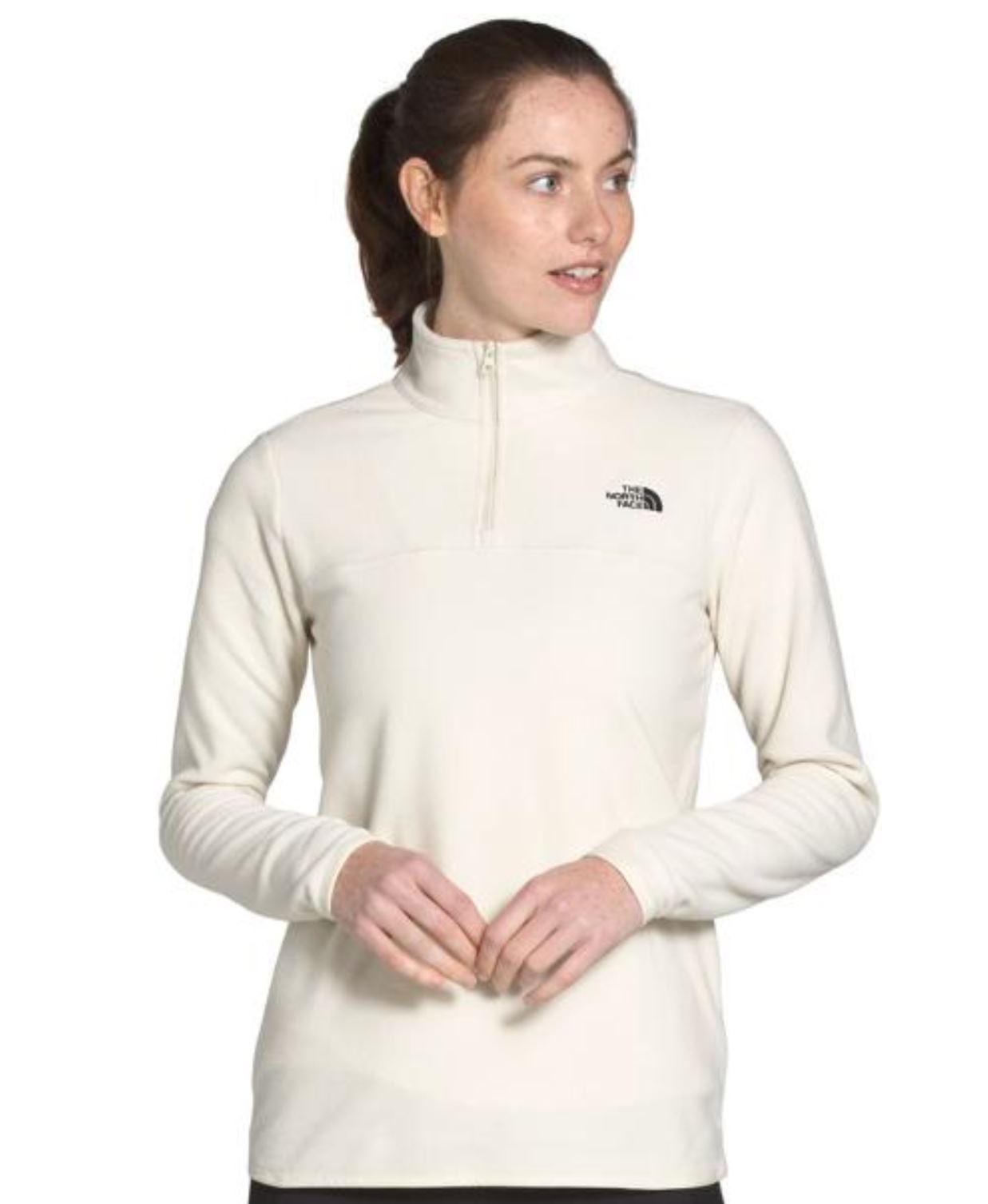
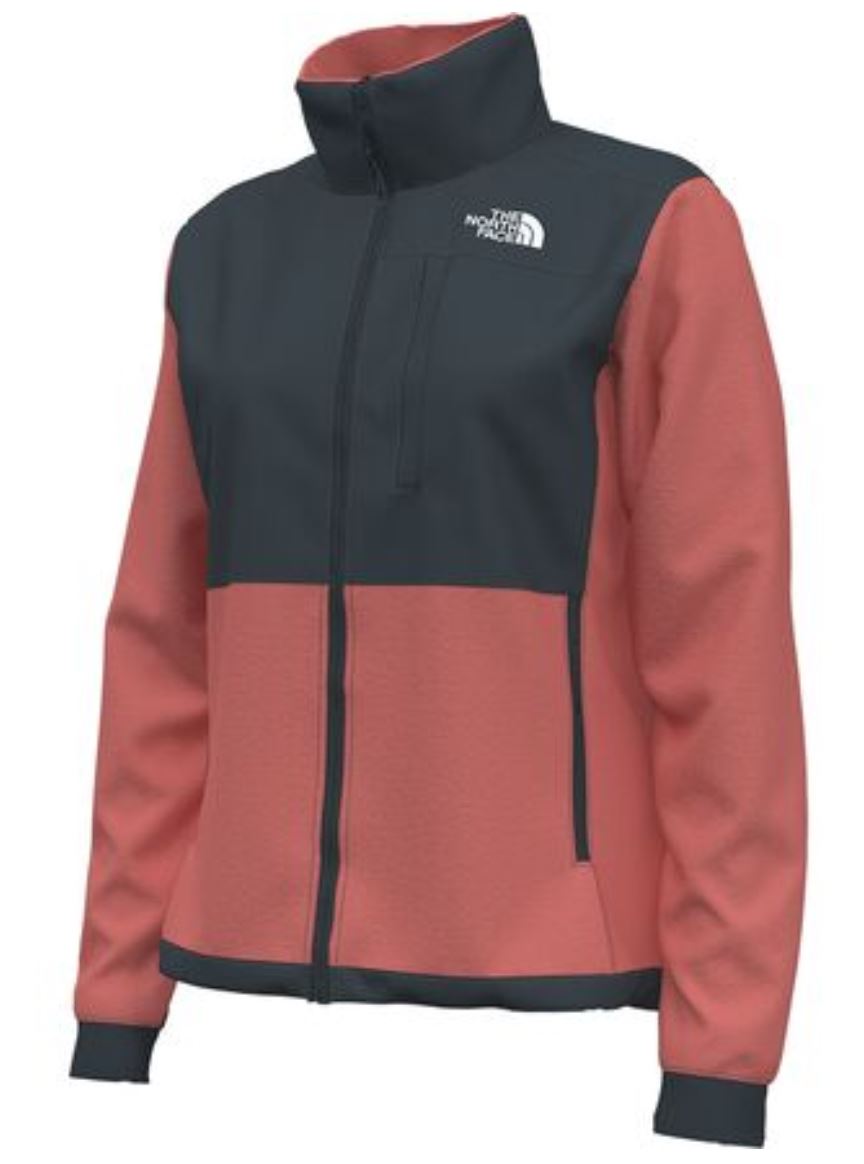

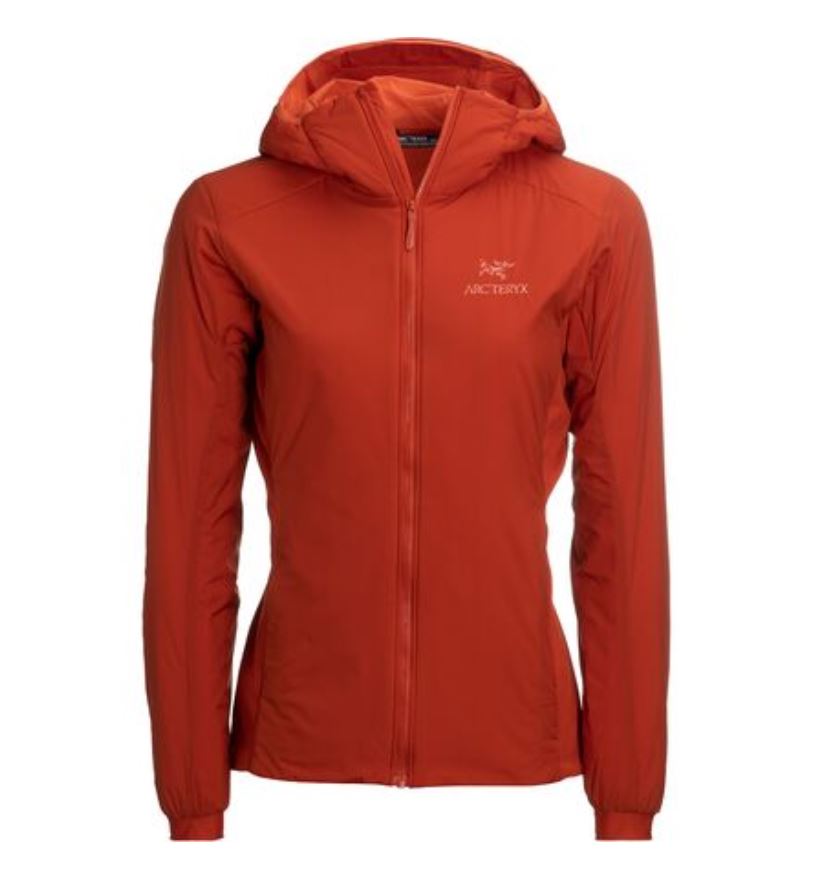
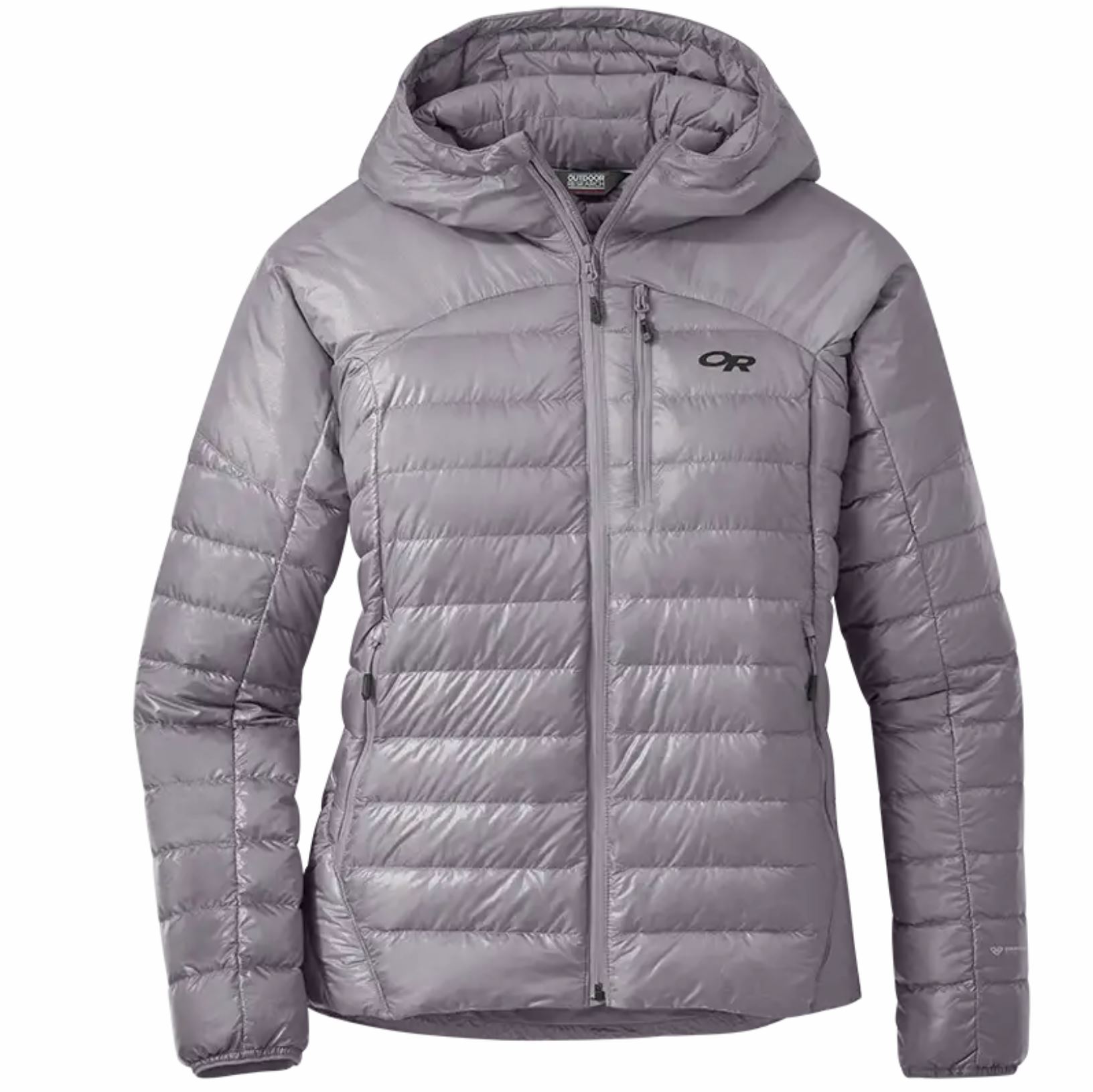
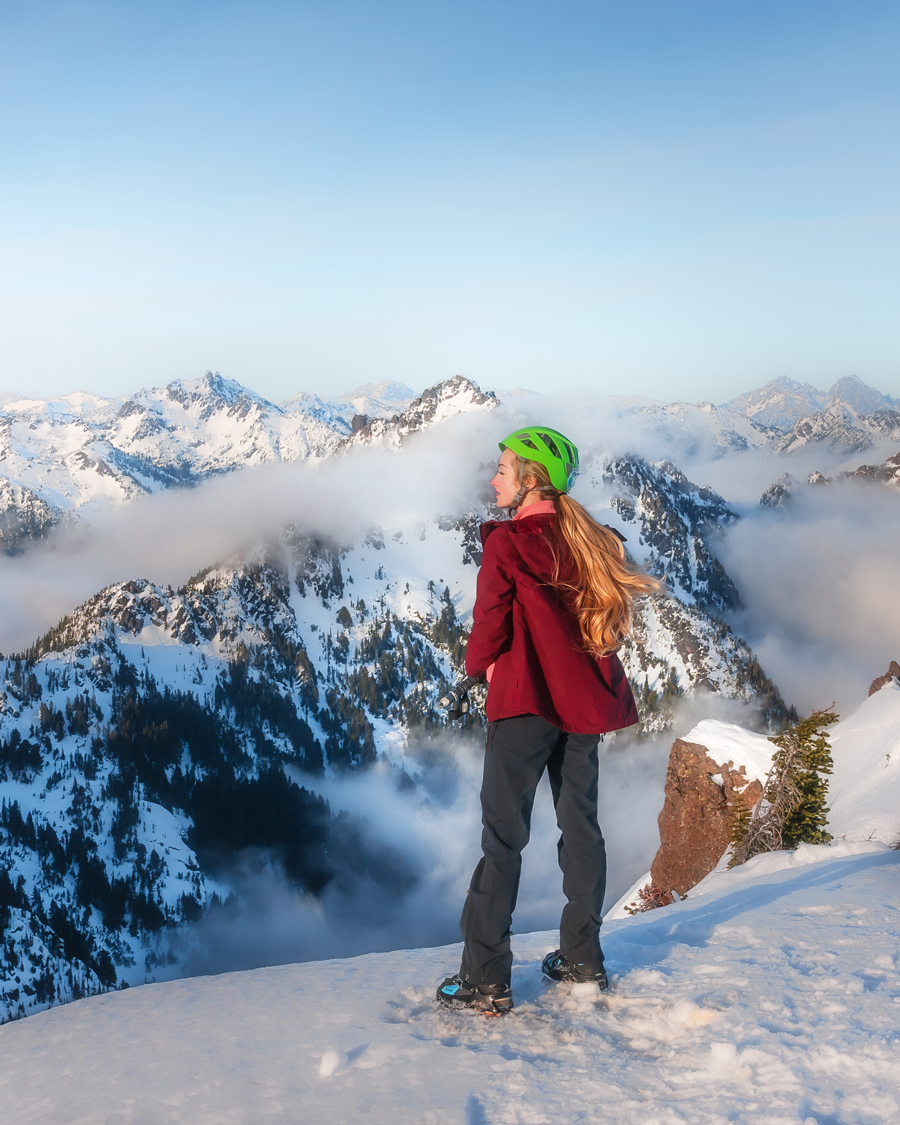
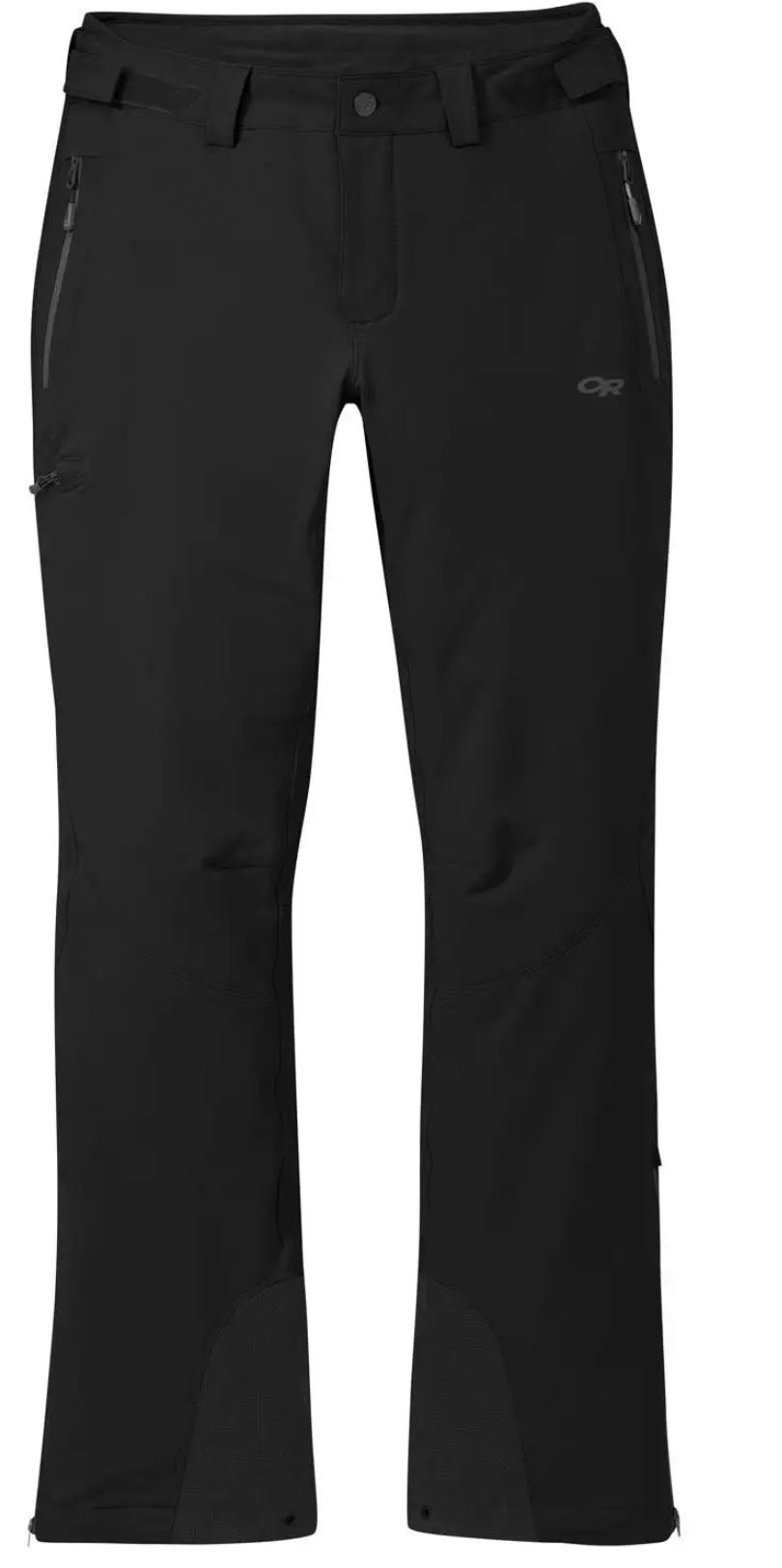

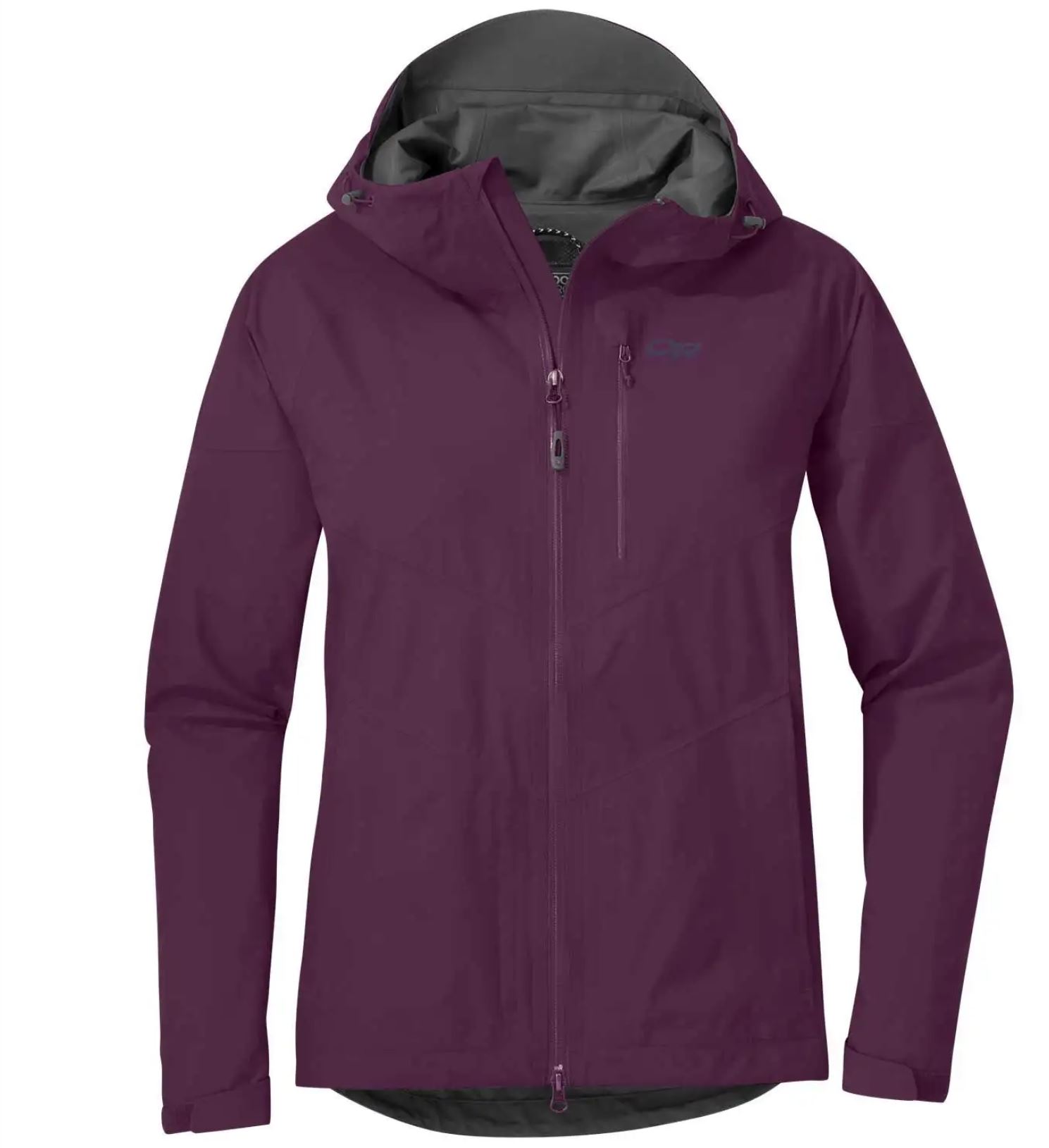



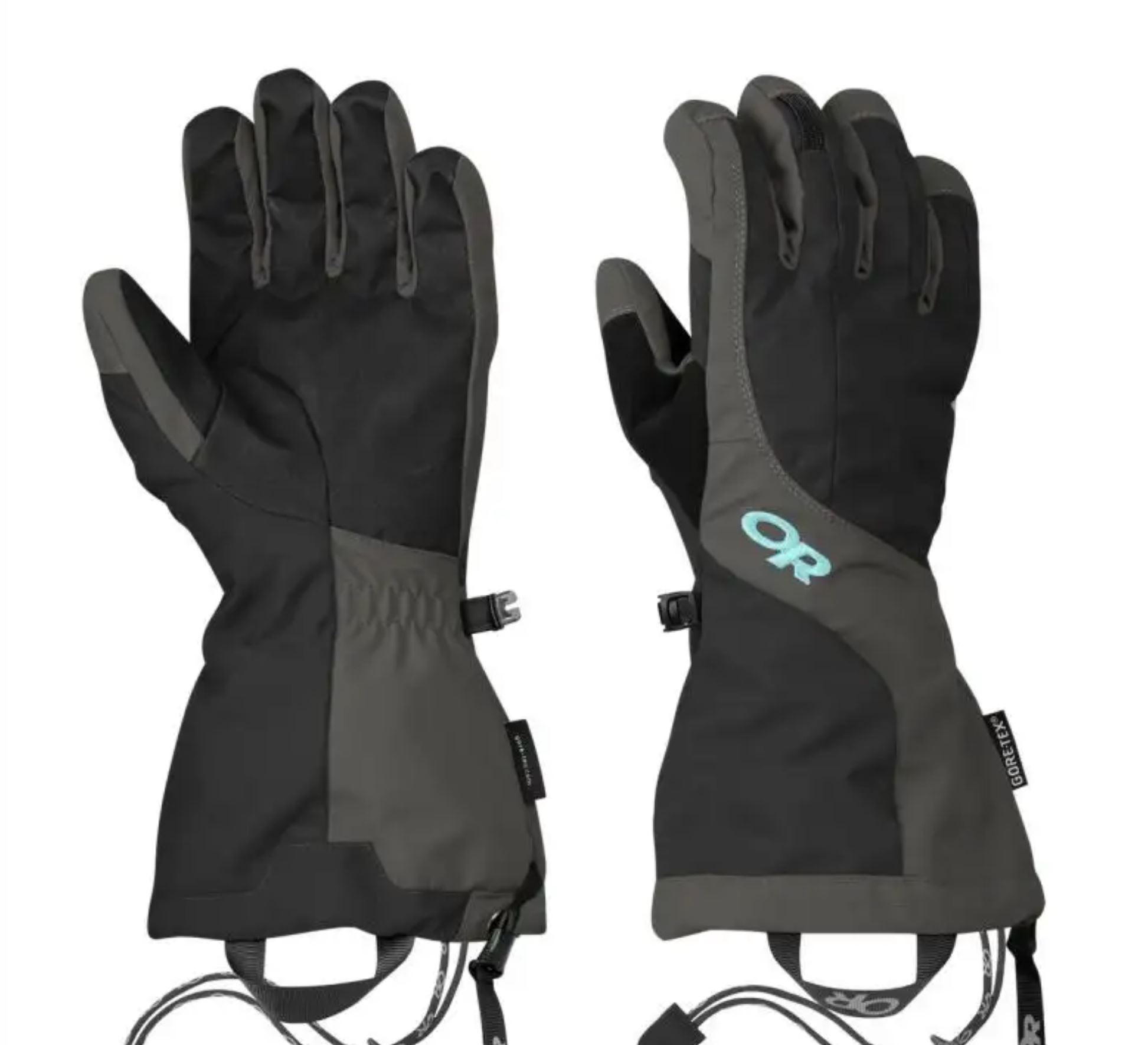


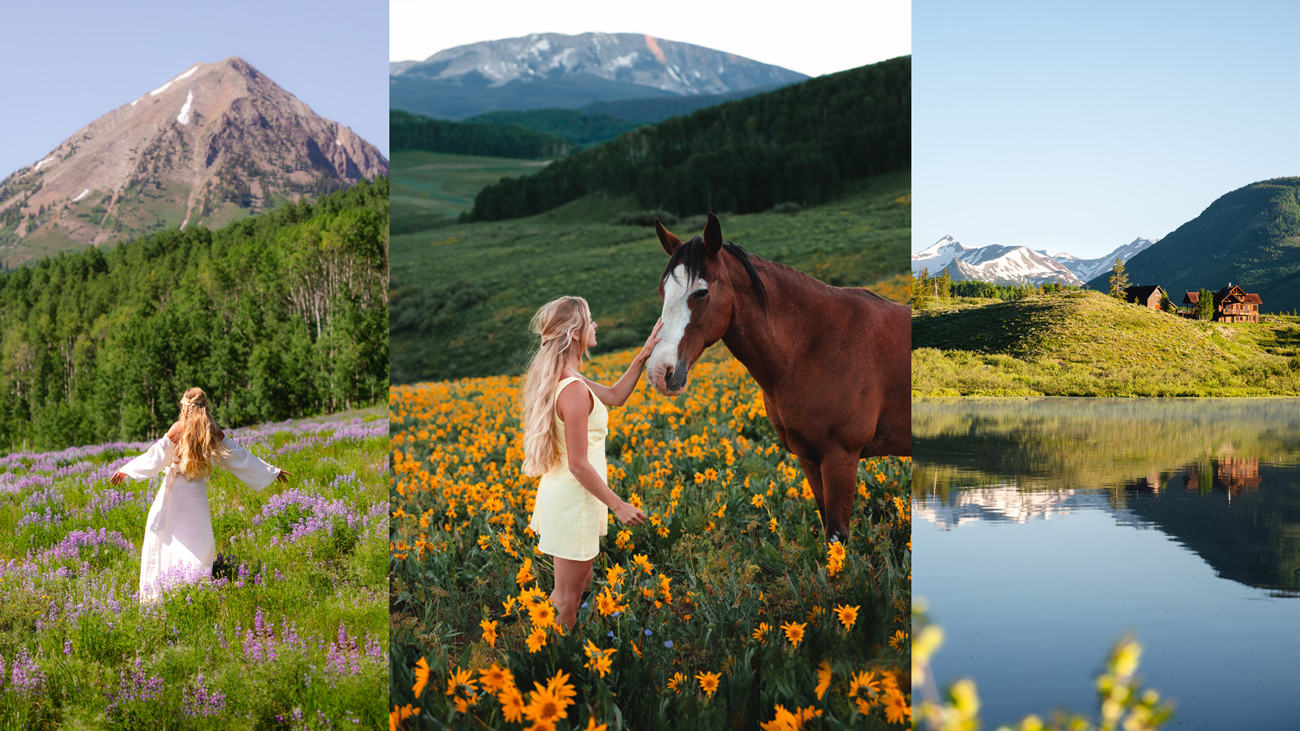
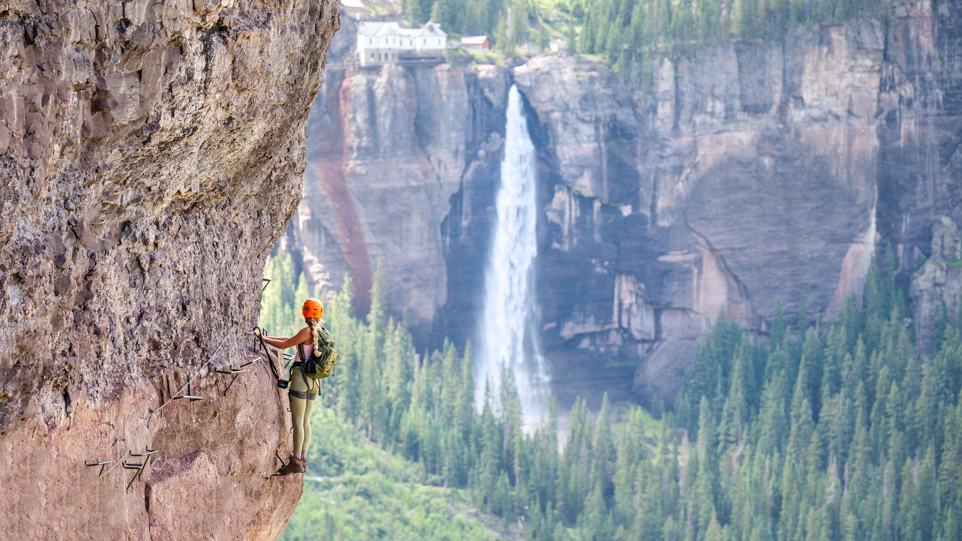
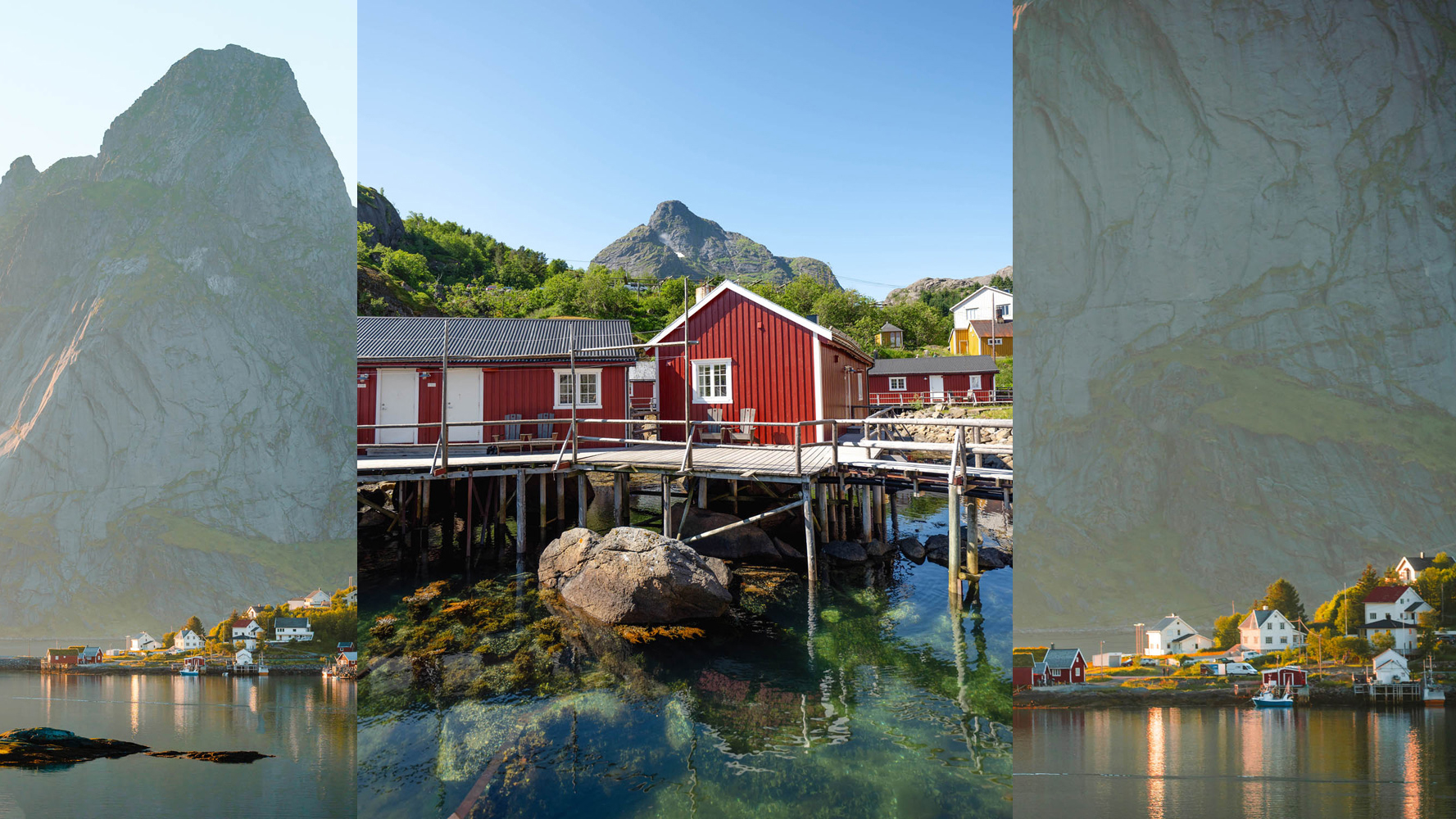
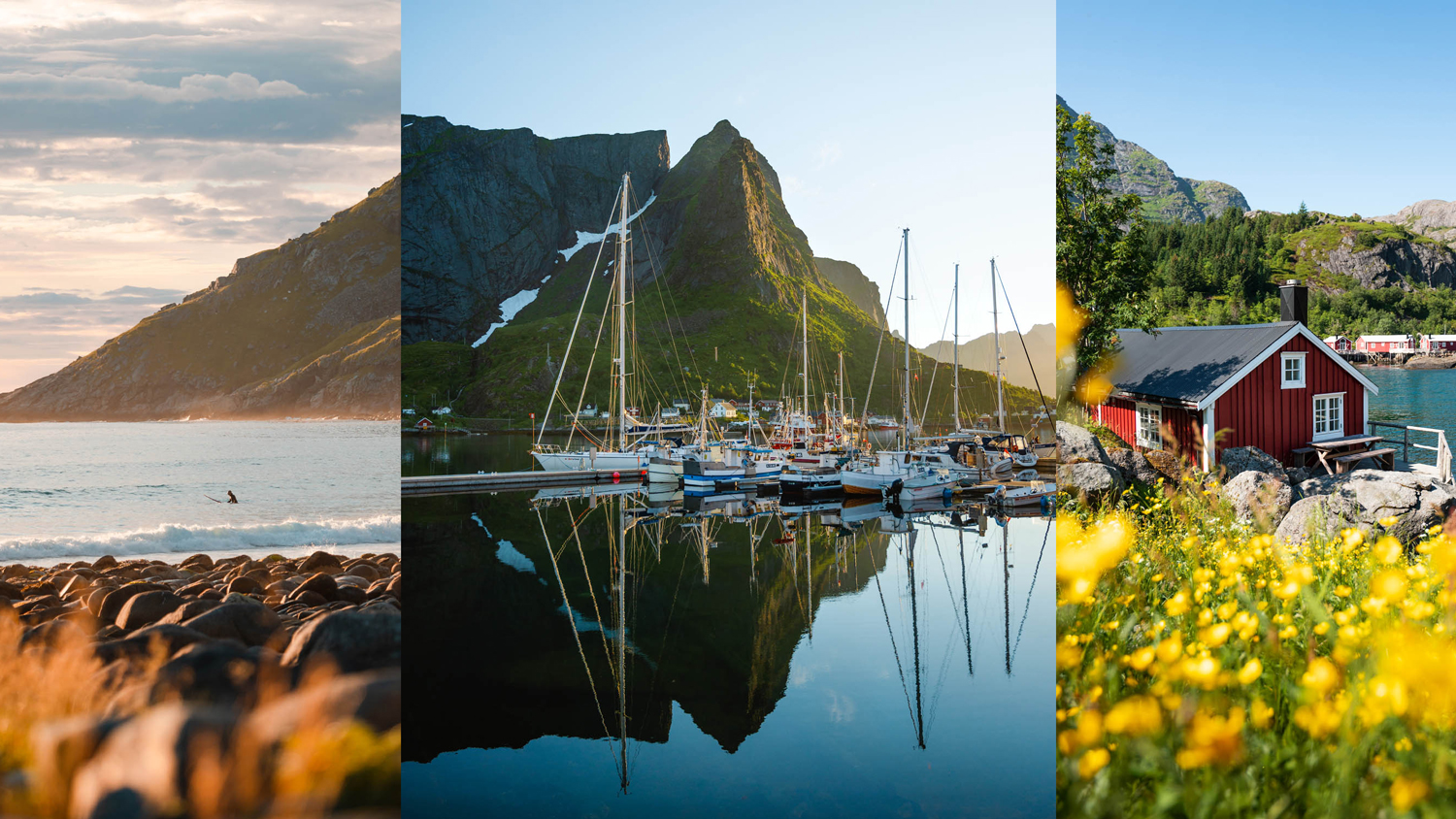
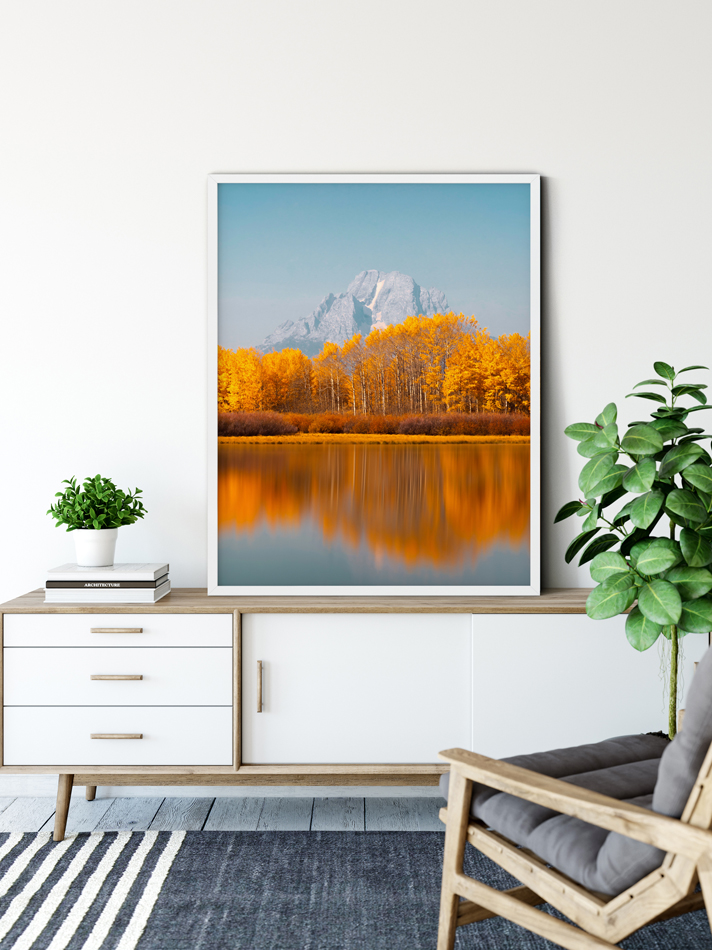
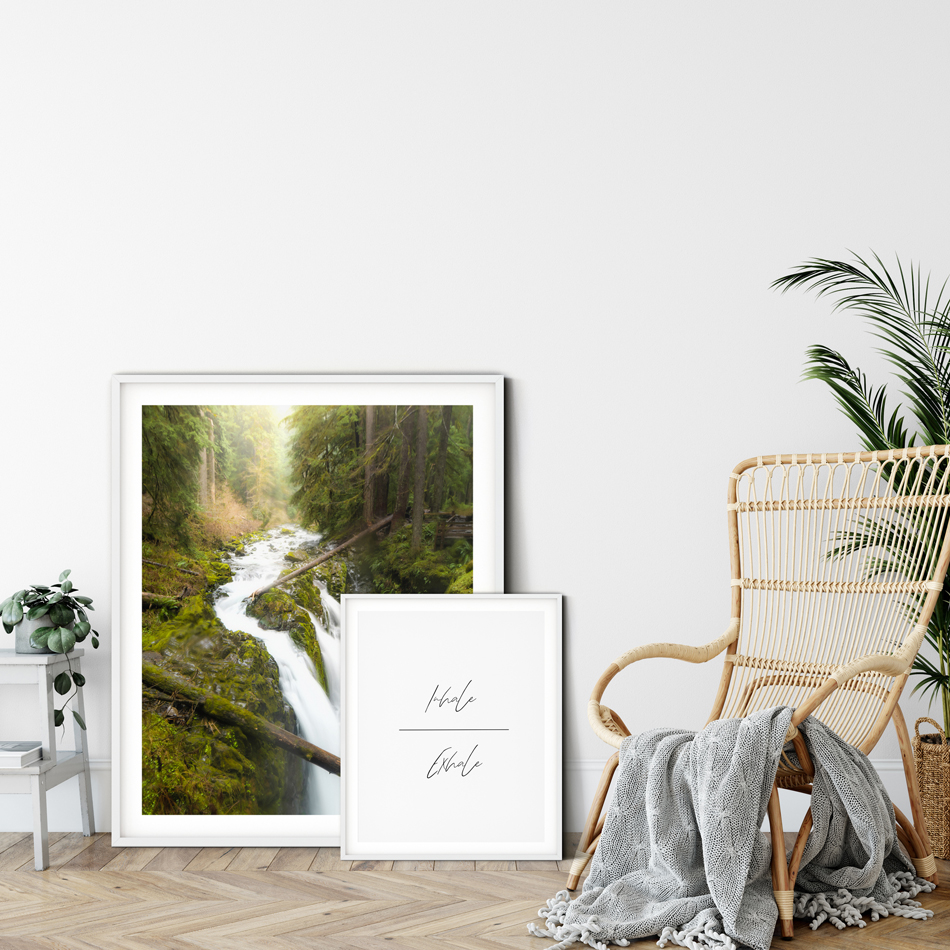


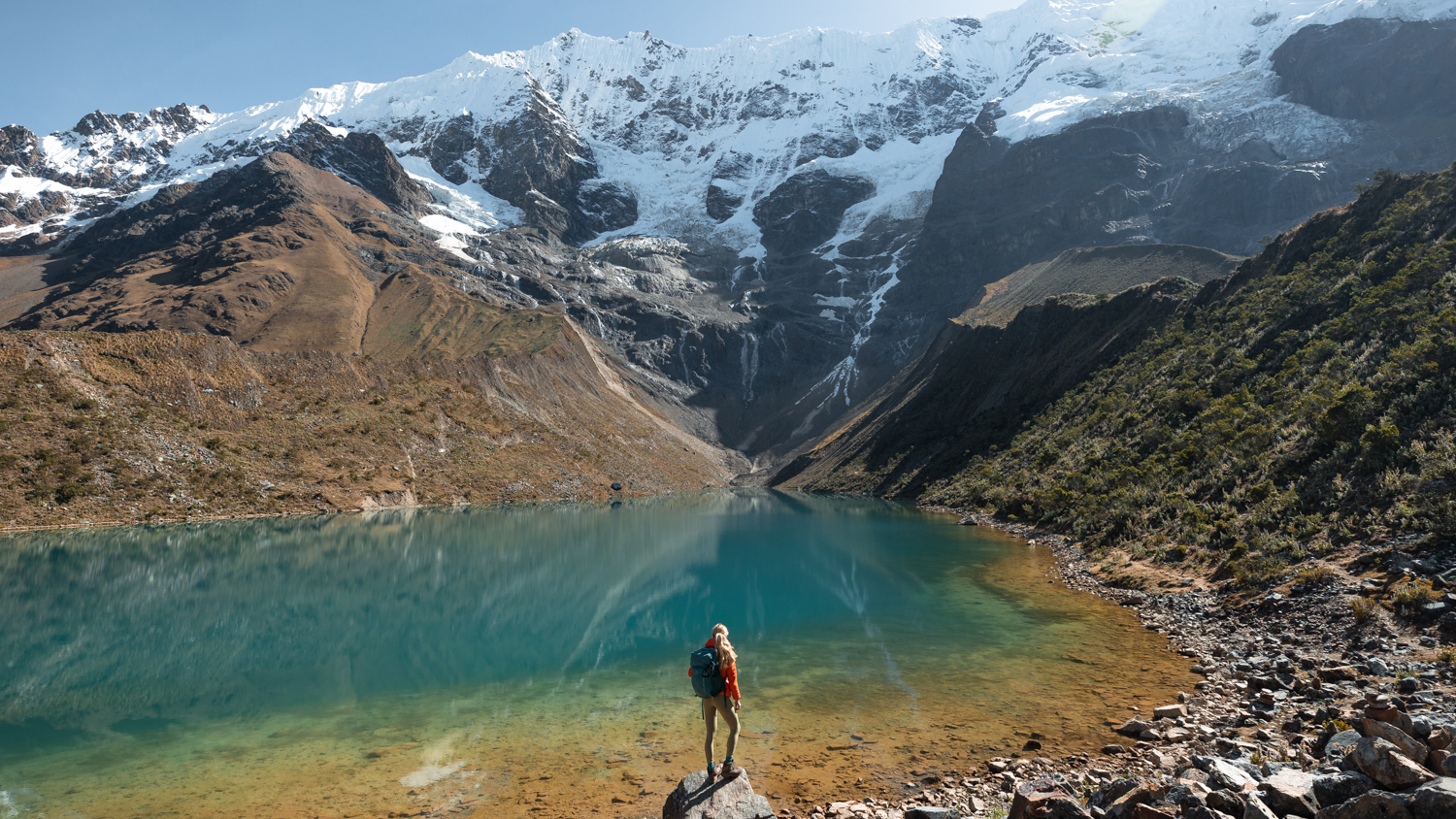
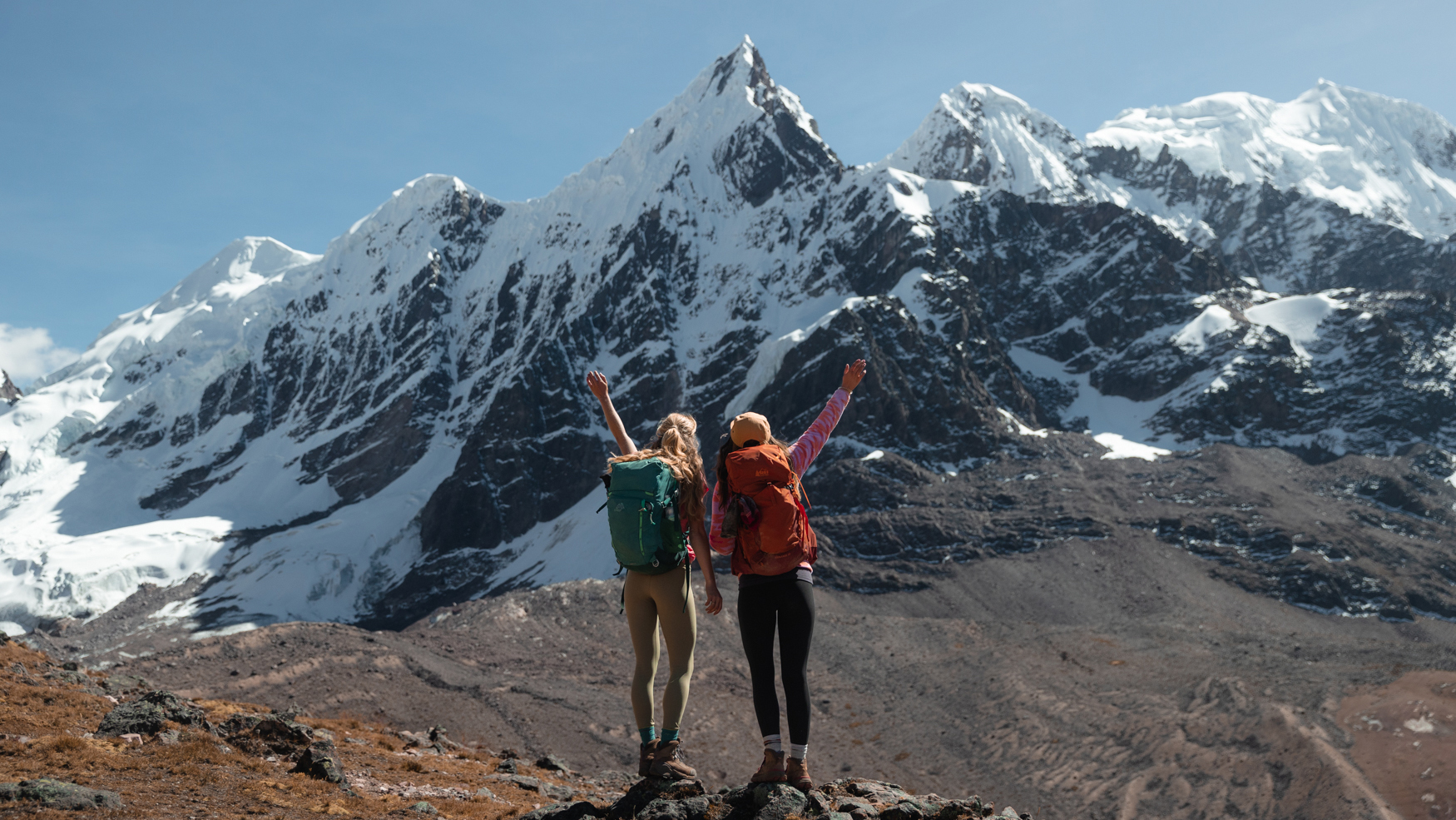
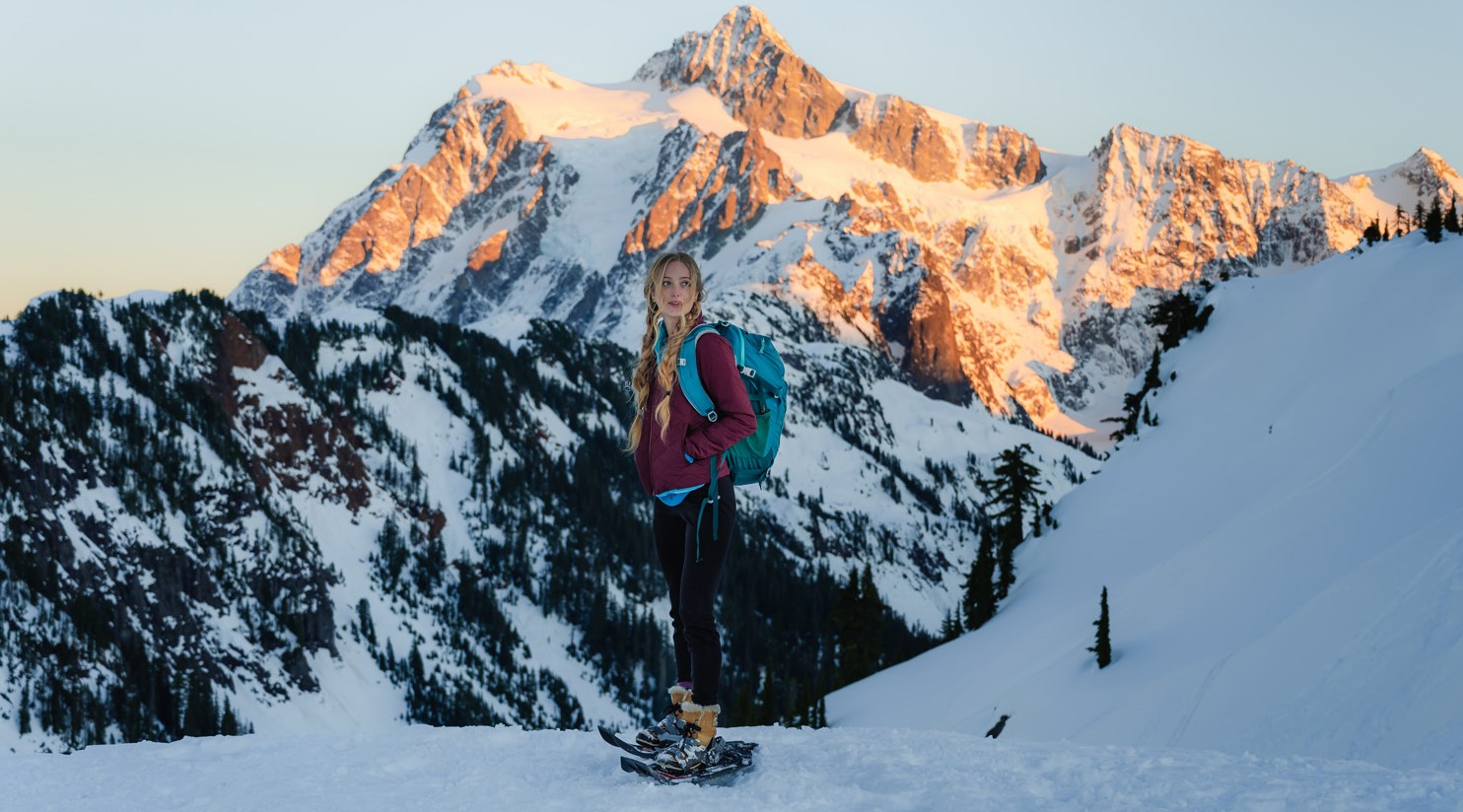
0 Comments